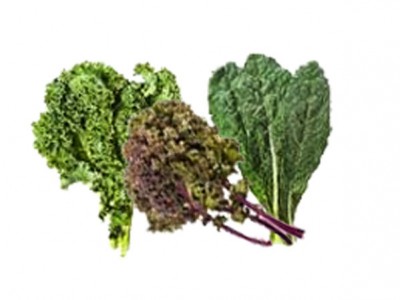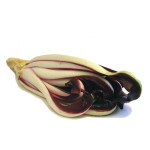

Italian Chicory Properties and Its Uses
Italian Chicory
Plants and trees are wonderful creatures that adopt themselves to many types of climates and soils during their lifetime. Watching their day to day activities is an excellent time pass. Though many plants grow wonderfully under the sun few plants grow wonderfully in the shady places. The output will be similar wherever they grow. This topic will deal with a plant named Italian Chicory which is a perennial herbaceous plant found in the wild and the roadsides of many countries like North America, China, Australia, and Europe. The botanical name of this plant is Cichorium intybus.
While flowering, these plants have a hairy stem which measures 40 in tall. The flower heads are 2 to 4 cm wide and usually bright blue in color. These plants flower during the months of July to October.
Properties
Italian chicory is also known as common chicory, blue daisy, blue dandelion, blue sailors, blue weed, bunk, coffee weed, cornflower, hendibeh, horseweed, ragged sailors, succory, wild bachelor’s buttons, and wild endive.
| Principle | Nutrient Value | Percentage of RDA |
|---|---|---|
| Energy | 23 Kcal | 1% |
| Carbohydrates | 4.48 g | 3.50% |
| Protein | 1.43 g | 3% |
| Total Fat | 0.25 g | 1% |
| Cholesterol | 0 mg | 0% |
| Dietary Fiber | 0.9 g | 2% |
| Vitamins | ||
| Folates | 60 µg | 15% |
| Niacin | 0.255 mg | 1.50% |
| Pantothenic acid | 0.269 mg | 5% |
| Pyridoxine | 0.057 mg | 4% |
| Riboflavin | 0.028 mg | 2% |
| Thiamin | 0.016 mg | 1% |
| Vitamin A | 27 IU | 1% |
| Vitamin C | 8 mg | 13% |
| Vitamin E | 2.26 mg | 15% |
| Vitamin K | 255.2 µg | 212% |
| Electrolytes | ||
| Sodium | 22 mg | 1.50% |
| Potassium | 302 mg | 6% |
| Minerals | ||
| Calcium | 19 mg | 2% |
| Copper | 0.341 mg | 38% |
| Iron | 0.57 mg | 7% |
| Magnesium | 13 mg | 3% |
| Manganese | 0.138 mg | 6% |
| Phosphorus | 40 mg | 5.50% |
| Selenium | 0.9 µg | 1% |
| Zinc | 0.62 mg | 6% |
| Phyto-nutrients | ||
| Carotene-ß | 16 µg | — |
| Carotene-α | 0 µg | — |
| Cryptoxanthin-ß | 0 µg | — |
| Lutein-zeaxanthin | 8832 µg | — |
Uses
The chicory leaves have a bitter taste. But many countries appreciate this bitter taste and use it in their food items. The bitter taste vanishes when it is cooked properly.
Facts
- Chicory is a perennial herb that has been used for centuries as a medicinal and culinary ingredient.
- The herb is native to Europe and Asia but is now cultivated in many countries around the world.
- The leaves, flowers, and roots of chicory can be eaten and can be found in salads, soups, and other dishes.
- In traditional medicine, chicory was used to treat digestive problems and liver diseases.
- Chicory is a good source of vitamins A, C, K, as well as minerals such as iron, calcium, and magnesium.
- It also contains beneficial compounds such as inulin, which is a type of dietary fiber that helps regulate blood sugar levels.
- The bitter taste of chicory is due to the presence of sesquiterpene lactones, which are compounds that are believed to have anti-inflammatory and antioxidant properties.
- The most common type of chicory is the Italian variety, which is used to make the popular Italian drink, caffè corretto.



